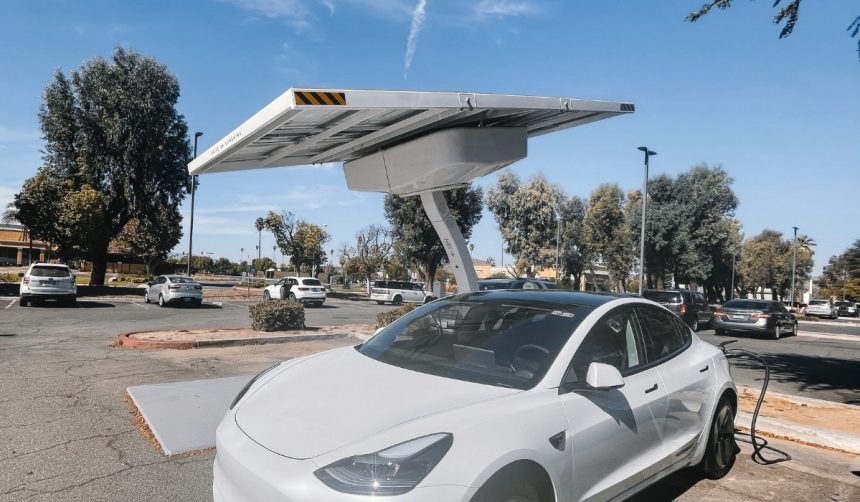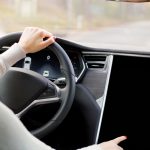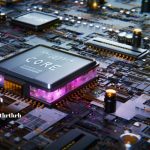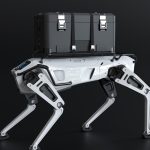Tesla‘s Full Self-Driving (FSD) technology has been making notable strides, capturing attention not only among its users but also industry peers. Li Xiang, CEO of Chinese electric vehicle manufacturer Li Auto, has voiced admiration for Tesla’s consistent improvements in this technology. Such recognition highlights Tesla’s growing influence and sets the stage for the broader auto industry’s evolving landscape. Li Xiang’s remarks also underscore the importance of embracing core principles during the advancement of autonomous technology. As Tesla continues to refine its FSD capabilities in varied international markets, its technology is increasingly becoming a standard for others to aspire to.
Tesla’s trajectory in self-driving advancements hasn’t always been smooth. Earlier iterations of their FSD technology faced scrutiny and regulatory hurdles. However, significant advancements, especially seen in the newer Hardware 4 updates and models like the Model Y, indicate a substantial leap forward. The sophisticated functionalities now offered illustrate a rapid evolution from earlier versions, positioning Tesla as a key player in the self-driving arena. The company has decisively expanded its commitment to overcoming geographical and situational obstacles to its technology, which is reflected in their recent efforts in the Chinese market.
What Makes China’s Version Unique?
The release of FSD technology in China marks a milestone for Tesla, highlighting its adaptability to different environments. This version, though not as comprehensive as the U.S. release, still demonstrates significant advancements. The deployment in the world’s largest automotive market with Tesla’s “City Autopilot” version reveals the company’s strategic intentions to cater to varying market dynamics. This approach also aligns with Tesla’s ambition to extend the reach of its semi-autonomous driving capabilities beyond North America.
How Does Tesla Overcome Driving Challenges?
Tesla has achieved notable feats with its FSD technology, including a recent journey to Mount Everest’s base camp, showcasing the resilience of its vehicles in difficult terrains. Such accomplishments underscore the robustness of Tesla’s autonomous system in tackling challenging driving conditions firmly, reflecting the technology’s applicability in diverse settings. This indicates potential expansions and applications in other areas where similar conditions exist, paving the way for more robust deployments elsewhere.
Can European Markets Expect Similar Outroll?
Tesla’s aspirations don’t end with its recent expansions. The company aims to introduce its FSD offerings to European markets shortly. An extension of the “City Autopilot” capabilities to Europe would align with Tesla’s growth strategy, enhancing its global footprint in autonomous driving technology. As these plans unfold, Tesla’s continual improvements may further solidify its standing among both enthusiasts and skeptics of the technology.
Tesla’s journey in refining its Full Self-Driving technology reflects both the challenges and triumphs of advancing autonomous capabilities globally. The company’s efforts to tailor its software for diverse markets such as China may offer valuable insights for future innovations in Europe and beyond. When considering past and potential future developments, one might anticipate strategic collaborations or advancements that align with sectoral demands and local regulations. Such progress could serve as a benchmark for competitors seeking to enhance their positions within the rapidly advancing field of automotive technology.










